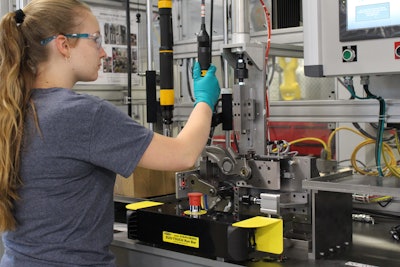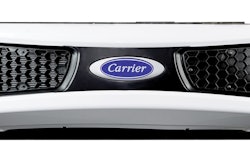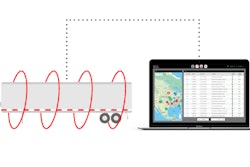
Jacobs Vehicle Systems has started Fulcrum Bridge production at its U.S. headquarters in Bloomfield, Conn.
JVS says Fulcrum Bridge makes it possible to combine conventional engine braking with automatic hydraulic lash adjustment — two technologies, which were previously incompatible, to both enhance vehicle performance and reduce operating costs.
Jacobs says its first Fulcrum Bridge product includes a high-performance compression release engine brake, manufactured on a state-of-the-art semi-automated manufacturing line and is part of an overall valvetrain system that will be supplied to an OEM in the U.S. The technology’s first production application will be on an off-road application. Other heavy-duty off-highway applications, such as articulated dump trucks used in construction and mining, farm vehicles and vocational applications are expected to follow, the company says.
“Fulcrum Bridge is a breakthrough technology because engine makers no longer have to choose between Hydraulic Lash Adjusters (HLAs), which set and maintain the clearance in the valve train between valve and camshaft, and a Jake Brake," says Steve Ernest, vice president of engineering & business development at Jacobs Vehicle Systems. "With Fulcrum Bridge, it is now possible to have the advantages of our world-famous engine brake and know that the lash setting is good for the life of the engine.”
Jacobs says engine braking is desirable because it reduces service brake wear and maintenance, enhances safety when operating on steep hills and with heavy loads, and lowers the total cost of ownership. HLAs are desirable because they enhance efficiency by allowing for more consistent valve motions throughout all engine operating conditions and wear over the engine’s lifetime and eliminates the need to periodically adjust the engine’s lash settings. Reduced servicing requirements are particularly beneficial with off-highway vehicles whose engines are not easily accessible and may require significant vehicle disassembly, the company says.
Conventional engine brakes were previously incompatible with HLAs because as the engine brake holds one exhaust valve open, the HLA will over-extend, possibly causing valve-to-piston contact once engine braking is turned off. Jacobs’ solution applies a reactive load to the HLA during an engine braking event to prevent this over-extension, the company adds.
Finally, even more benefits can be realized by using Fulcrum Bridge in on-highway applications. Jacobs says on-highway engines are facing strong emissions regulations from 2024 through 2030 worldwide. Using HLAs will allow the ideal valve lift to be maintained throughout the life of the engine thereby maintaining original engine combustion and emissions performance. This will keep DPF re-gen intervals consistent and keep the engine running healthy longer, the company notes.










